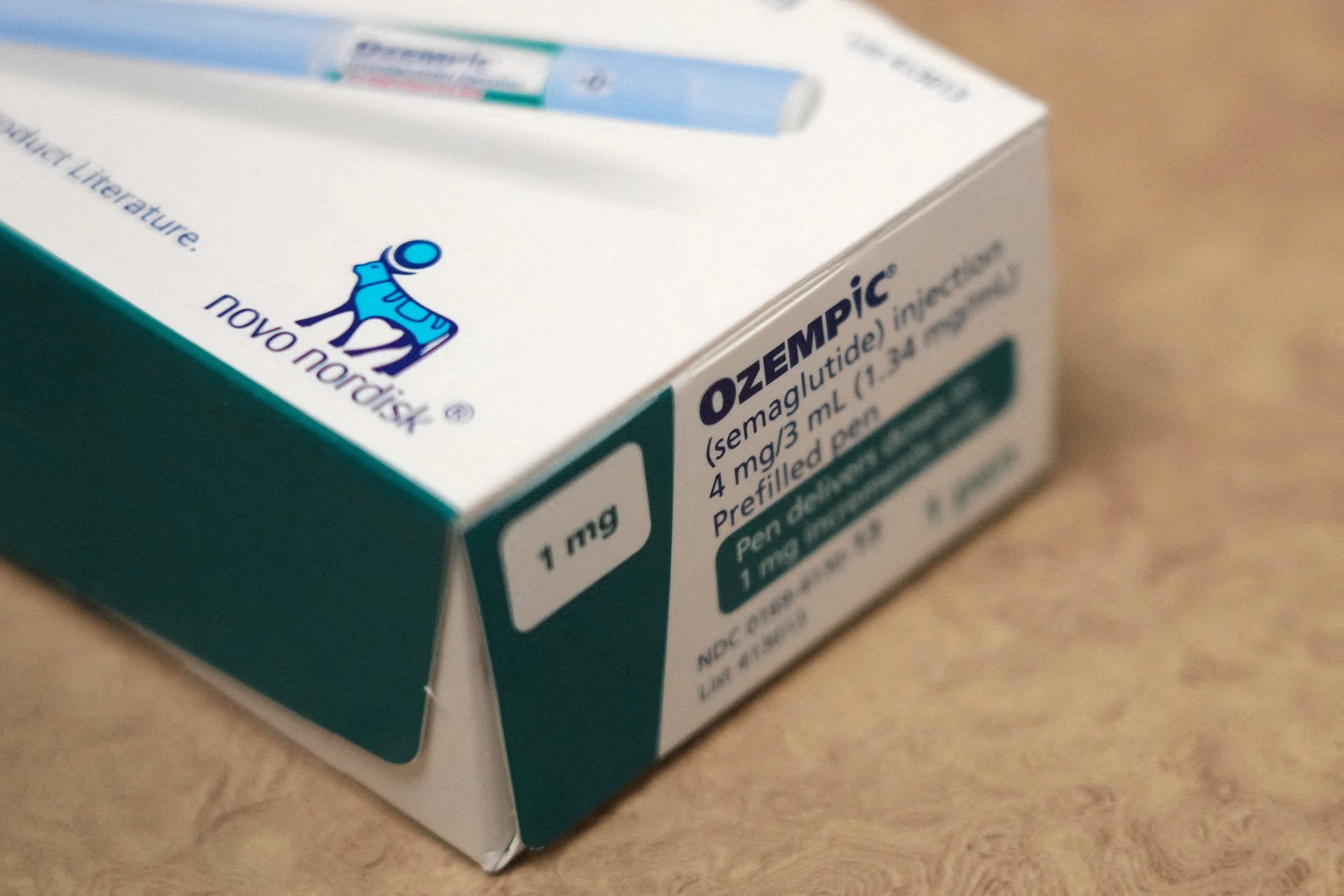Insurance coverage for Ozempic shows the complexity of obesity treatment
With weight loss medications, the line between healthcare and lifestyle can be blurry

Semaglutide, a drug manufactured by Novo Nordisk with the brand names Ozempic and Wegovy, is basically the elixir of eternal youth—but with weight loss. Or so its popularity suggests: The diabetes medication, which can lead to loss of up to 15% of body weight, is in such a demand-generated shortage that Novo Nordisk decided to pause Wegovy advertising.
Suggested Reading
Other drugs promise similar results. Tirzepatide, or Eli Lilly’s Mounjaro, leads to up to 16% weight loss. And Pfizer’s danuglipron, which comes in pill form (the others mentioned are injections), helped trial participants lose up to 10 pounds in four months.
Related Content
In a world that is still struggling to learn that body weight is hardly an accurate indicator of health when taken alone, and is shaped by stereotypical beauty norms that idealize thinness, the idea that losing weight can be as simple as a weekly injection is tantalizing.
But the tag price is high ($1,000 or more per month), the treatments long (life-long, in fact), and insurance plans’ willingness to cover them fairly low. Which may, for a change, find some justification.
Why coverage gets denied
According to data published in the Wall Street Journal, only 17.5% of employers with fewer than 5,000 employees cover weight loss drugs, and 45% of those with a larger workforce do. The reason is clear: According to recent analysis, employer health insurance costs could go up by as much as 50% if they started covering weight loss drugs. What scares insurance providers is the popularity of semaglutide, which has been aided by celebrities promoting it as their weight-loss solution, thereby blurring the distinction between health and lifestyle.
At the same time, there is a lack of understanding of the value of obesity treatment. The Body Mass Index, the most common tool used to categorize people into body-weight categories, is useful mainly in large-scale studies and can hardly be applied as an individual diagnostic tool. Doctors need to look at other comorbidities and metabolic issues before they decide the best course of treatment, unless someone is on the extreme end of the scale.
“You really need to look at the individual, and different ethnicities, different body types,” says Catherine Kotz, a physiology professor at the University of Minnesota. “But any sensible doctor is going to prescribe it only to patients who have a need for it.”
Yet as more startups and prescription-happy doctors give the drug essentially for cosmetic purposes, approving claims can become complicated—and insurers are more likely to deny coverage even for those who genuinely need weight-loss treatment. This occurs especially since semaglutide, an appetite suppressant, typically needs to be taken continuously—that is, for life—in order to work, so approving a treatment may require the insurance company to continue covering the drug for years.
Obamacare mandates that Type 2 diabetes treatments be covered by insurance. But obese patients receiving semaglutide for weight loss in order to help with other comorbidities linked to excessive adiposity—including cardiovascular issues and inflammation—may find coverage is denied to them.
Better coverage for obesity treatment
While unnecessary prescriptions of semaglutide and similar drugs may be an issue, the denial of coverage also shows that treatment for obesity is still seen as optional.
“Obesity is a chronic disease, and people with it will have to deal with it for their entire life—it’s not something that will go away—so it may be that it will require a lifetime of pharmacological therapy,” says Kotz. “There should be better insurance coverage for obesity, just like any other disease.”
So far, however, the treatment risks remaining available only to those who can afford it, whether they have metabolic issues or not. And since low-income populations are disproportionately likely to suffer from obesity, the lack of coverage prevents the drug from being able to address obesity—and the health risks associated with it—where it’s needed most.